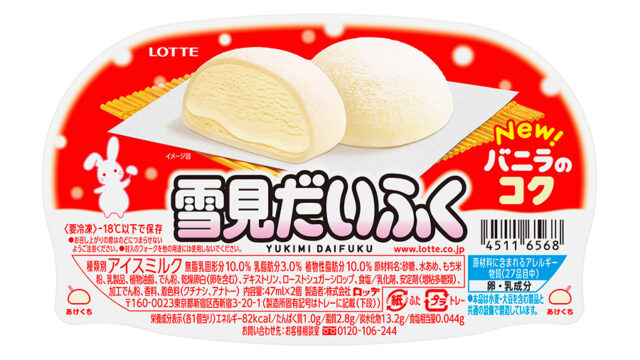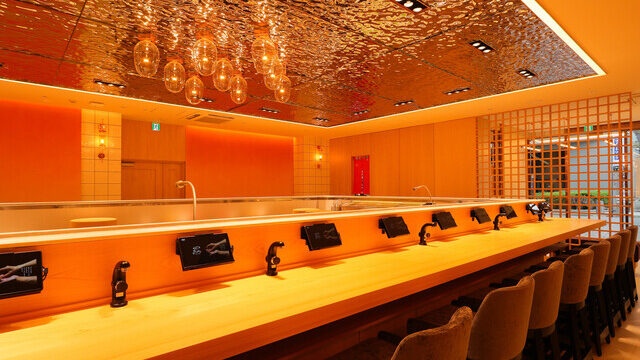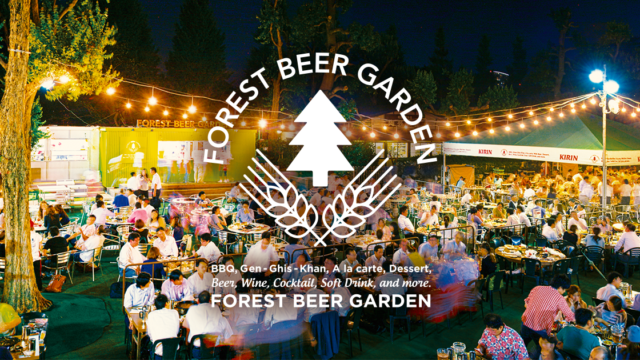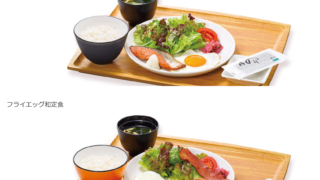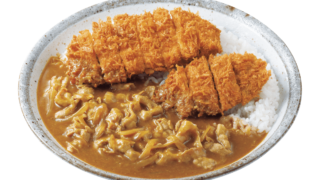
Summer has come to Japan, and the hot days continue every day. I would like to introduce kakigōri, a perfect Japanese dessert for hot weather.
kakigori(shaved ice)
Kakigōri has a rich history and cultural significance in Japan, making it more than just a simple dessert. Here are more details:

History
- Origins: The concept of kakigōri dates back to the Heian period (794-1185), where it was enjoyed by the aristocracy. At that time, ice was cut from mountains and stored in ice houses to be used in the summer.
- Popularity: The treat became more accessible to the general public during the Meiji period (1868-1912) with the advent of ice-making technology.
Preparation
- Ice Shaving: Traditional kakigōri is made using a hand-cranked machine that shaves ice into a fine, fluffy texture. Modern shops may use electric machines for efficiency.
- Syrups and Flavors: The ice is then flavored with a variety of syrups. Popular flavors include:
- Strawberry (Ichigo): Sweet and fruity, often with a vibrant red color.
- Melon: Refreshing and sweet, usually green.
- Blue Hawaii: A blue syrup with a tropical taste.
- Lemon: Tangy and refreshing, yellow in color.
- Matcha (Green Tea): Earthy and slightly bitter, often paired with sweet red bean paste.
Toppings and Variations
- Condensed Milk: A common addition that adds creaminess and sweetness.
- Anko (Red Bean Paste): Provides a traditional Japanese flavor and texture contrast.
- Mochi: Small rice cakes that add a chewy texture.
- Fresh Fruits: Strawberries, mango, and other seasonal fruits are popular.
- Ice Cream: Some variations include a scoop of ice cream on top.
Cultural Significance
- Summer Festivals (Matsuri): Kakigōri is a staple at summer festivals, often sold from brightly decorated stalls.
- Specialty Shops: Dedicated kakigōri shops offer a wide range of flavors and toppings, often with unique and creative combinations.
- Cooling Effect: In the hot and humid Japanese summer, kakigōri provides a refreshing way to cool down.
Modern Trends
- Gourmet Kakigōri: In recent years, there has been a trend toward more gourmet versions of kakigōri, with high-quality ingredients and intricate presentations.
- Fusion Flavors: Some shops experiment with non-traditional flavors, such as coffee, caramel, and even savory options.
How to Enjoy
- Eating Method: Kakigōri is typically eaten with a spoon, starting from the top and working your way down.
- Serving Styles: It can be served in bowls, cups, or even cones.
Kakigōri remains a beloved treat in Japan, symbolizing the joy and refreshment of summer.

When it’s hot, I really crave kakigōri! Let me introduce some delicious kakigōri shops in Tokyo!
shibuya
Saryo Zenkashoin 茶庭 然花抄院 (Shibuya Hikarie branch) 5F
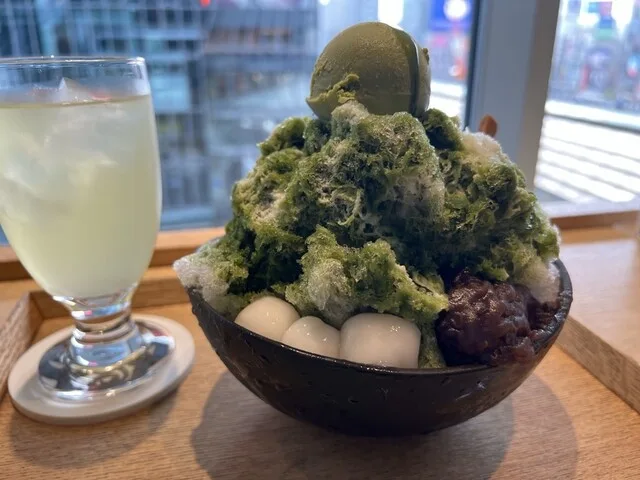

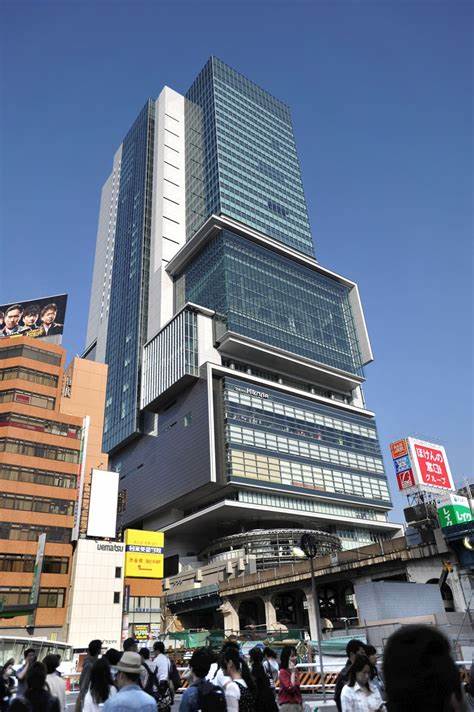
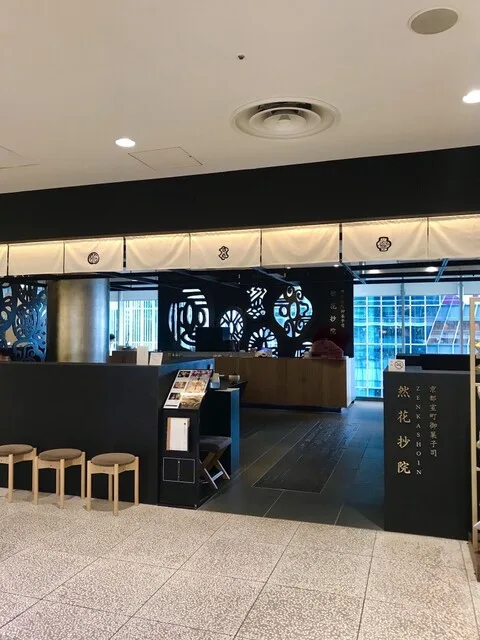
茶庭 然花抄院 (Saryo Zenkashoin) is a renowned tea house and sweets shop in Kyoto, Japan. It is known for offering a serene and traditional Japanese tea experience combined with beautifully crafted Japanese sweets (wagashi). Here are some key details about 茶庭 然花抄院:
Tea and Sweets
- Matcha and Sencha: The tea house offers a variety of high-quality Japanese teas, including matcha (powdered green tea) and sencha (steamed green tea).
- Wagashi: These traditional Japanese sweets are meticulously crafted to complement the flavors of the tea. They come in various shapes and flavors, often inspired by the seasons.
- Seasonal Offerings: The menu often changes with the seasons, providing a unique experience throughout the year.
Shinjuku
Oiwake Dango Honpo
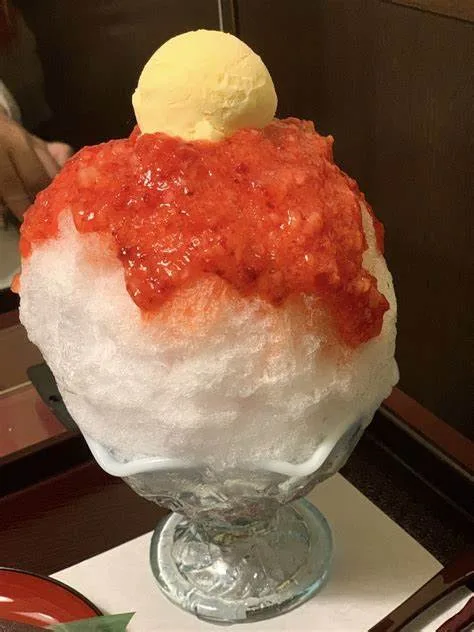
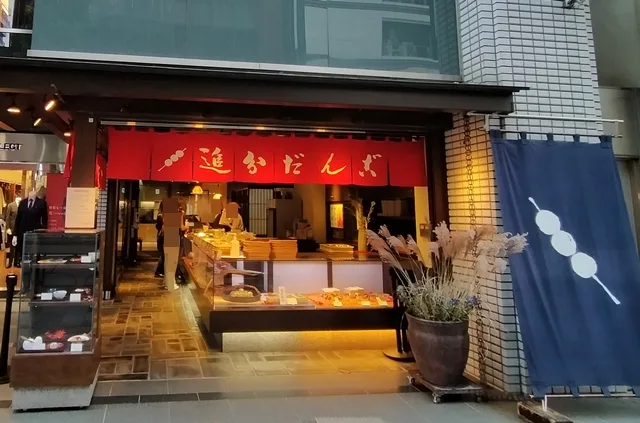
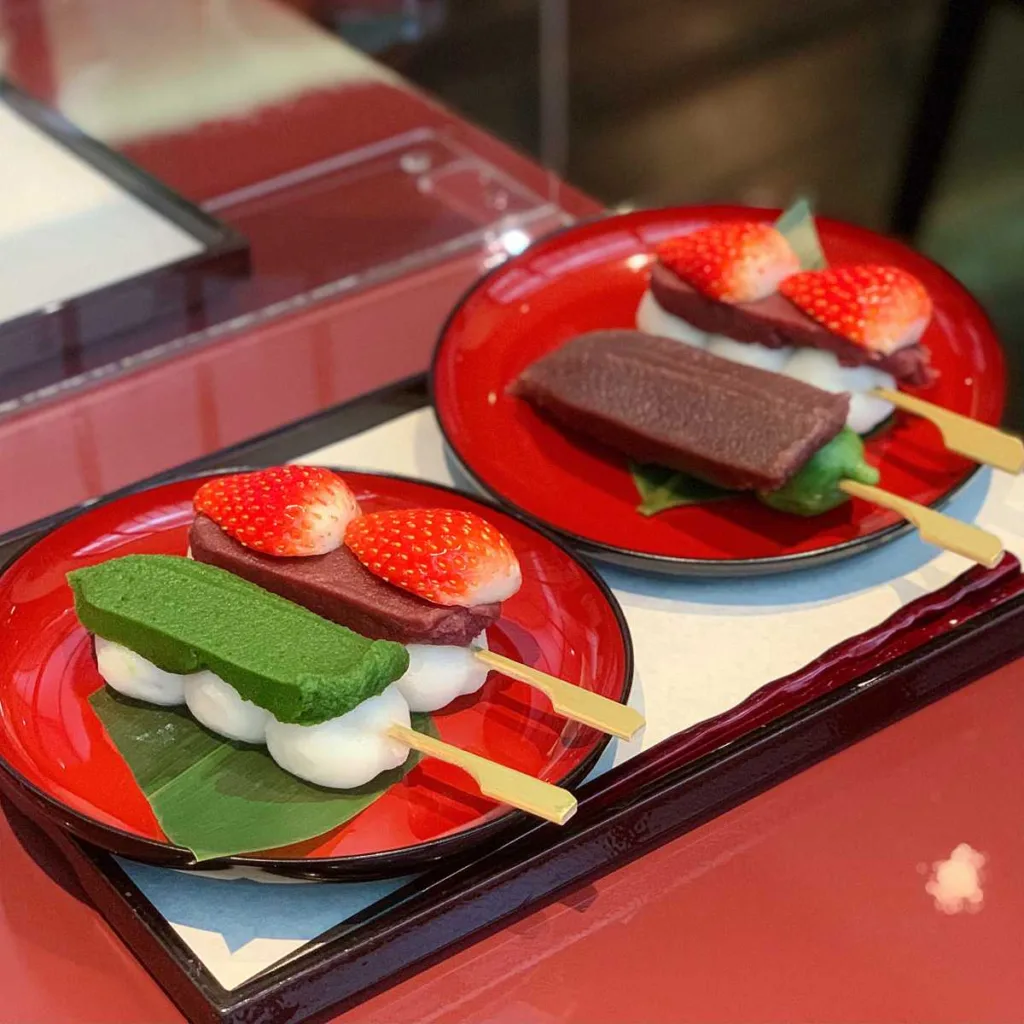

This shop is very popular and located near the famous tourist spot, Shinjuku Gyoen. Although it is primarily a dango shop, they also sell kakigōri (shaved ice) during the summer season. Be sure to try both the kakigōri and dango!
Official HP
Google Map
Ueno・Akihabara
Kurogi 廚 くろぎ
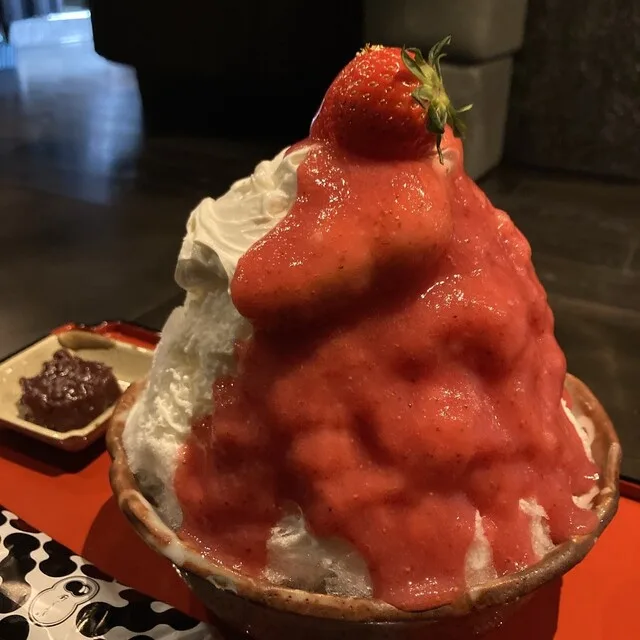
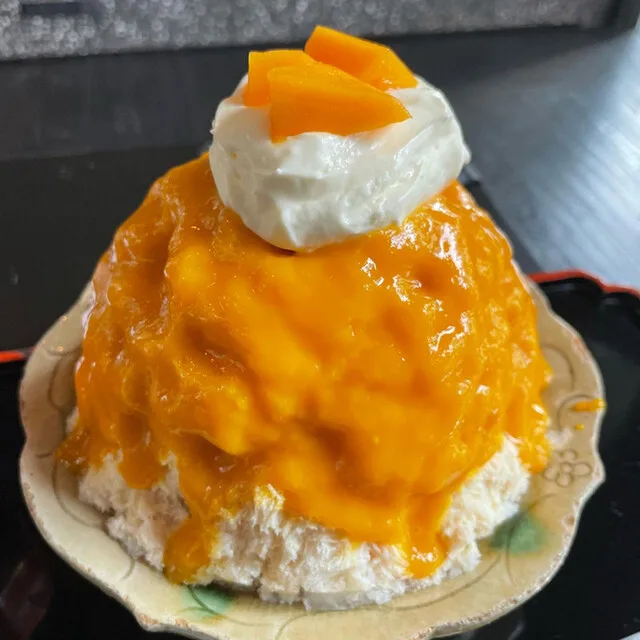


廚 くろぎ かき氷 (Kurogi Kakigori) refers to the specialty shaved ice desserts served by the renowned Kurogi restaurant in Tokyo, Japan. Kakigori is a traditional Japanese dessert made of finely shaved ice flavored with various syrups and toppings. Kurogi has elevated this dessert to a gourmet level, offering unique and luxurious versions of kakigori.
Key features of 廚 くろぎ かき氷 (Kurogi Kakigori):
- High-Quality Ingredients: Kurogi uses premium ingredients for their kakigori, including high-grade teas, fresh fruits, and homemade syrups.
- Artistic Presentation: The kakigori at Kurogi is not only delicious but also visually stunning, often garnished with elegant touches that reflect the season or the specific flavors used.
- Unique Flavors: While traditional kakigori flavors include matcha, strawberry, and melon, Kurogi offers innovative variations that may include rare ingredients or unexpected combinations, making each serving a unique experience.
- Attention to Detail: The preparation of kakigori at Kurogi involves meticulous attention to detail, ensuring that the ice is shaved to the perfect consistency and the flavors are well-balanced.
- Popular and Trendy: Kurogi Kakigori has become a popular dessert destination in Tokyo, attracting both locals and tourists who are eager to try this luxurious take on a beloved Japanese treat.

This is a popular shaved ice shop in the Akihabara and Ueno area. The shop’s design is stylish and gives you a sense of Japan, making it the best. Since it’s very popular, you might have to wait. They use the LINE app, which everyone in Japan uses, for issuing tickets, so it’s a good idea to install LINE. The shaved ice is excellent in both appearance and taste.
Google map
Asakusa
Saika 彩夏
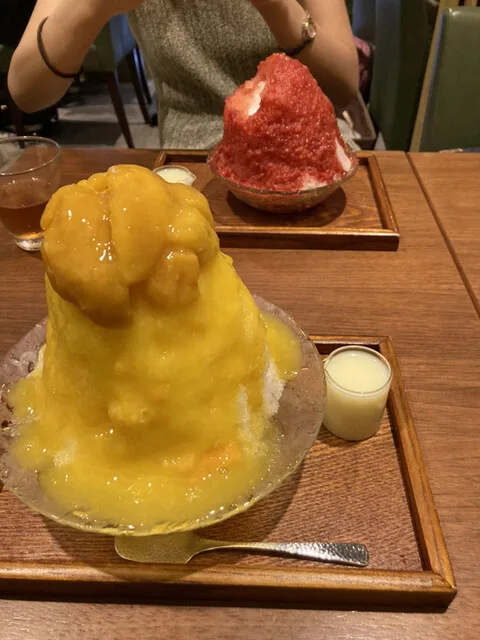
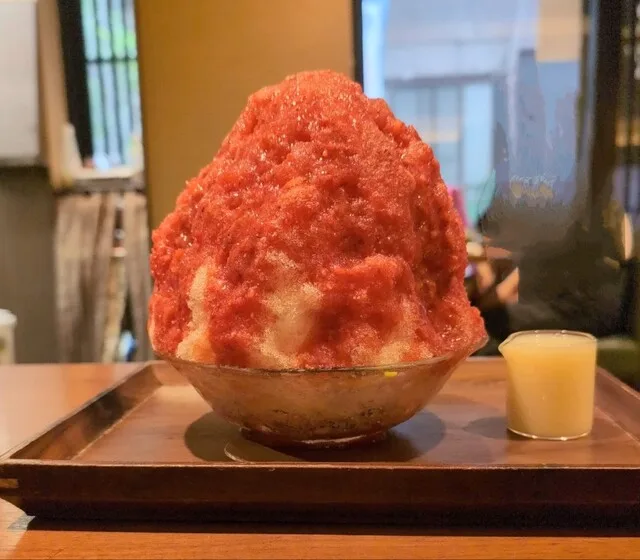
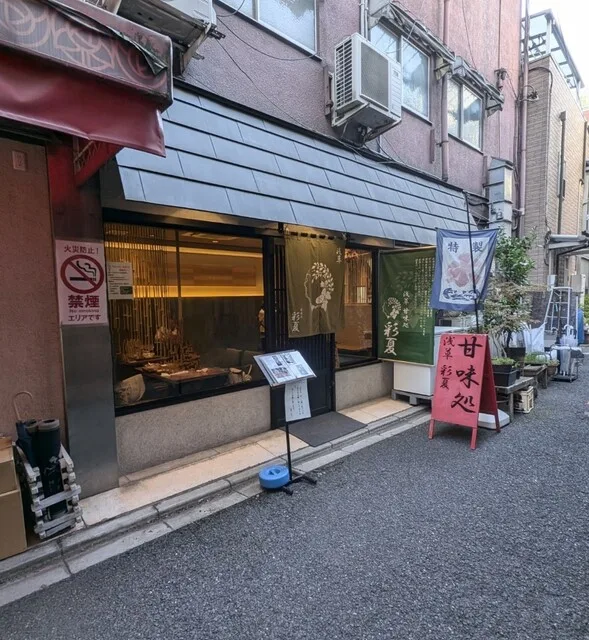

It is a popular shop located on Nakamise Shopping Street, which connects the tourist spots Kaminarimon and Senso-ji Temple. You can enjoy shaved ice while sightseeing in Asakusa.
Google map
